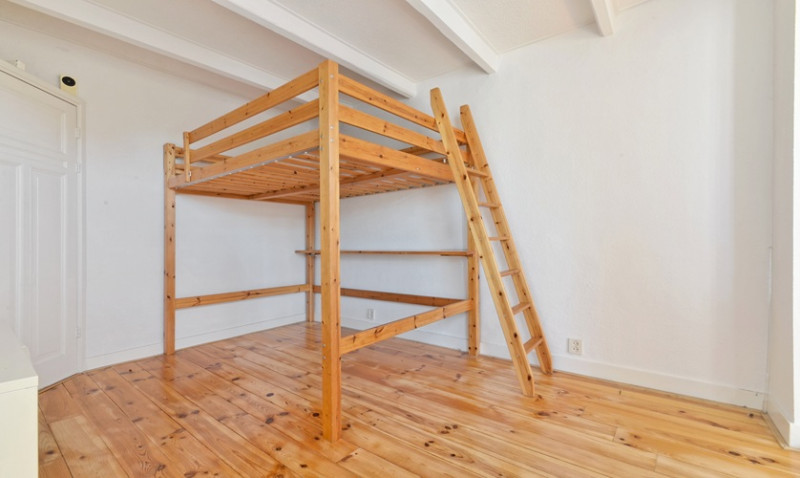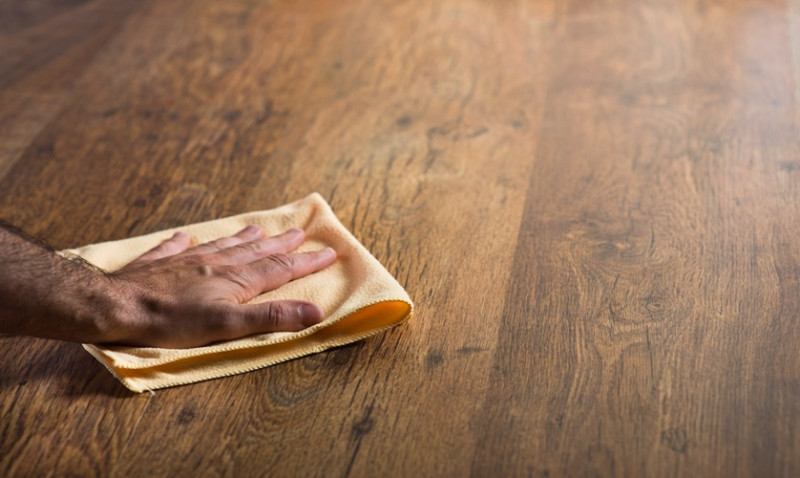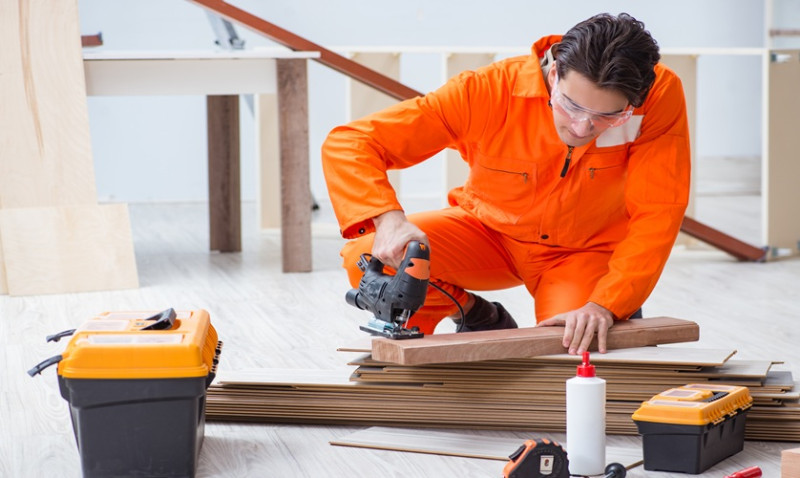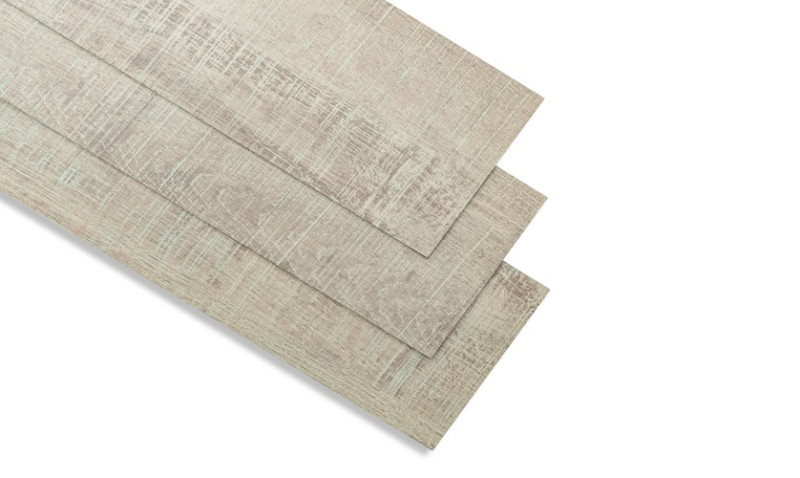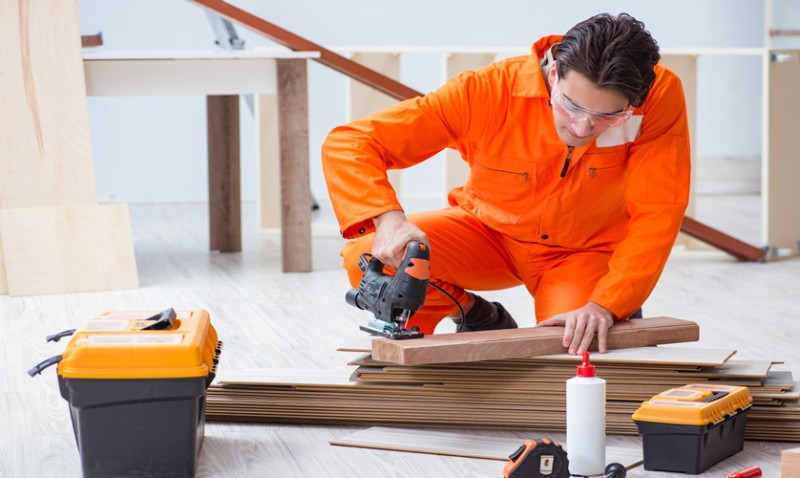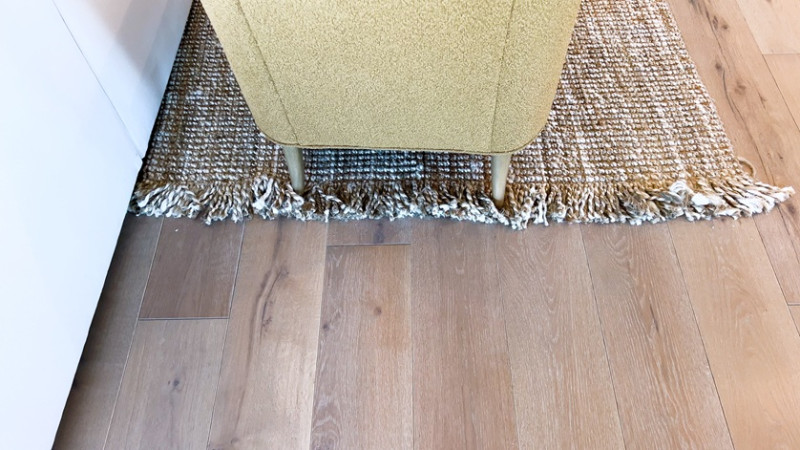
There’s nothing quite as timeless and elegant as hardwood flooring. Whether you're a homeowner in Glasgow giving your Victorian terrace a fresh look, a young couple in Manchester revamping a 1930s semi, or an interior designer in London looking for inspiration—hardwood floors offer unmatched warmth, durability, and character.
Recently, a stunning hardwood floor transformation project in Georgia, USA, caught the attention of flooring enthusiasts across the globe. While the project took place across the Atlantic, it offers valuable ideas and lessons for homeowners and professionals in the United Kingdom who are seeking to breathe new life into tired spaces with character-packed natural wood floors.
In this blog post, we’ll explore the details of the transformation, the methods used to execute it, and takeaways you can apply to your own home or design project here in the UK. If you’re planning a DIY floor renovation, redesigning a flat, or helping clients with high-end interiors—this story delivers both inspiration and practical insights.
The Original State: A Floor in Desperate Need of Revival
The Georgia property in question was a 1950s American ranch-style house with a rich, albeit neglected, oak wood floor. Over the decades, the once-beautiful grain patterns were buried under layers of grime, heavy wear, glue residue from old carpets, and multiple coats of ageing polyurethane. Cracked planks, water stains, and discolouration told the story of a floor that had seen better days.
This state may be familiar to many UK homeowners, especially those who’ve purchased older or previously rented properties. Perhaps under that fraying carpet or laminate lies a hidden gem of genuine hardwood, just waiting for the right touch to bring it back to life. Whether it's pine in an Edwardian terrace or maple in a 60s mid-century house, the potential can be immense.
The Georgia team knew they were working with solid oak—a durable and highly prized wood. However, improper maintenance, poor resurfacing attempts, and a few decades of furniture drag marks had left the boards dull, uneven, and lifeless.
This is one of the biggest flooring myths debunked—many old wood floors can be salvaged and gloriously restored with patience, skill, and the right materials. Before you decide to rip out and replace, consider whether your floor simply needs a second chance.
The Restoration Process: A Balance of Craftsmanship and Modern Technique
The restoration began with a full removal of surface contaminants. Using a professional drum sander equipped with progressively finer grits, the team carefully worked through layers of old finish, years of dirt, and surface scratches. Importantly, they began with a coarse 36-grit pass to level out high spots and remove coatings, then worked their way up to 100-grit for smoothness. Corners and edges were handled with palm and detailing sanders.
Back in the UK, professionals and DIYers alike can access similar sanding equipment from hire shops across the country. Many opt for vibration-resistant belt sanders or orbital machines for better control, especially on softer woods like pine that are common in British homes.
To handle stains and water damage, the Georgia team performed spot treatments using a 1:1 solution of hydrogen peroxide and warm water—a trick UK homeowners can safely try on oak or walnut flooring. Cracked boards were either repaired with wood filler stained to match or were replaced with reclaimed oak planks milled to size.
One clever tactic that UK tradesmen might adopt from this project is water-popping – lightly wiping the bare wood with water before applying stain. This raises the grain and allows for richer colour absorption, ensuring a deep, consistent tone across the floorboards.
Choosing the Right Finish: From Dull to Dazzling
The transformed floor was finished with a matte-finish water-based polyurethane—a popular choice for those who want the durability of a synthetic finish without the plastic shine. It brought out the grain beautifully, gave the floor a natural sheen, and offered easy maintenance – a key concern for busy professionals and families alike.
In the UK, water-based polyurethanes and hard wax oils have gained popularity, particularly because they are low in VOCs (volatile organic compounds), making them environmentally friendly and budget-friendly long term. They also dry faster – ideal for weekend DIY warriors in London or Bristol who want minimal disruption.
Stain colour was another vital consideration. The team opted for a medium brown with soft undertones of grey – effortlessly modern and capable of complementing everything from earthy Scandinavian designs to bold post-modern interiors. UK interior designers can recreate similar effects using tinted finishes like Osmo Polyx Oil Tints or Bona Craft Oil blends.
Finishing a floor is as much about the look as it is practicality. Think about your household – do you have pets, kids, or clients who want fuss-free upkeep? Do you prefer a natural look or a high-contrast design statement? The right finish makes all the difference.
Results: A Floor That Tells a Story
After nearly two weeks of meticulous effort, the project culminated in an extraordinary transformation. The dull, lifeless boards now had a rich and consistent grain featuring warm tones and characterful knots. The floor not only enhanced the natural light in the space but also gave the entire room a new sense of dimension and elegance.
Here in the UK, where properties often feature smaller rooms and less natural light, a similar flooring transformation can dramatically open up a space and raise its perceived value. Estate agents frequently list original, restored flooring among premium property features. Whether you're staying or selling, it’s a worthwhile investment.
The success of this Georgia flooring makeover didn’t lie in expensive materials or extravagant budgets—it was all about thoughtful process, skilled hands, and respect for the home’s original character. Something that anyone from Liverpool to London can emulate in their own homes.
Key Takeaways for Your Next Hardwood Floor Project
Whether you’re refreshing a narrow hallway in a Georgian townhouse or restoring a period cottage in the Cotswolds, here are actionable insights from this transformation:
| Step | Best Practice | UK Equivalent |
|---|---|---|
| Initial Assessment | Inspect floor for damage, test wood type | Lift carpet edges, check grain pattern (oak, pine, etc.) |
| Sanding | Start rough (36-grit), finish fine (100-grit), edge carefully | Hire orbital/belt sander from Toolstation or HSS Hire |
| Cleaning & Spot Repairs | Use hydrogen peroxide for stains, filler for gaps | Apply wood colour filler from Bona or Liberon ranges |
| Staining | Water-pop floor before stain for richness | Try Osmo or Morrells water-based stains |
| Finishing | Apply thin coats of water-based polyurethane | Use Bona Traffic HD or Osmo Polyx Oil for eco finish |
This step-by-step approach, underpinned with patience and good materials, yields impressive results—whether you’re in Georgia, England, or anywhere else with wood underfoot.
Final Thoughts: A New Floor, a New Foundation
The Georgia hardwood floor transformation is more than just a home improvement—it’s a celebration of preservation, sustainability, and timeless design. For UK homeowners, it’s an opportunity to see beyond the surface of tired-looking floors and realise the hidden potential that natural wood holds.
Are you ready to take a sander to your scuffed-up floors and uncover their hidden beauty? Or perhaps you’re guiding a client towards a floor that makes a bold yet classic design statement? No matter your role, there's something truly rewarding about reviving what already exists instead of replacing it.
If this story has inspired you, bookmark it, share it with your architect or installer, and let your next transformation begin with a single step across a beautifully restored hardwood floor.
